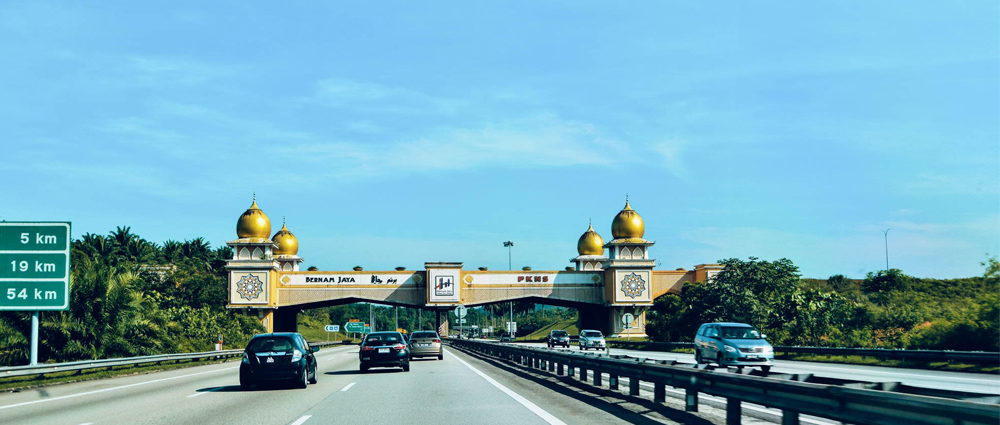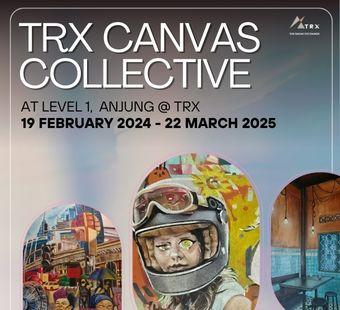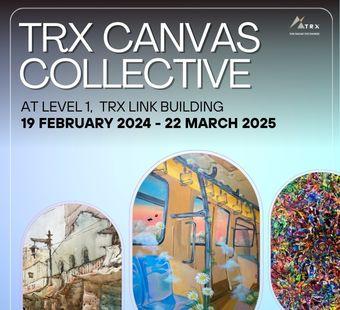Since Independence, Malaysia has experienced rapid economic growth and urban migration. Today, the country’s population is over 75 per cent urban with largest concentration within the KL city and Klang Valley with over 7 million residents.
KL has been ranked an alpha world city, recognition that it functions as a primary node that links major economic regions and states into the world economy. The 2017-2018 World Economic Forum report on Global Economic Competitiveness placed Malaysia 14th among 137 countries for transportation infrastructure.
However, during the main festive seasons, even this impressive network is put to the test. At least half of the population in Selangor and Kuala Lumpur were born in other states, and so the exodus back to hometowns throughout the country is always an epic affair.
This regular movement between the city and hometown for each major holiday has created a strong demand for continually upgraded transport links, especially the road and highway networks.
Fortunately, due to the forward-thinking capital outlay and early planning in Malaysia’s history, KL endures a less severe traffic congestion compared to other ASEAN capitals with a much smaller percentage of car ownership, behind only Singapore which has highly restrictive car licensing regulations.
Over the years, improvements in infrastructure has resulted in a smoother and more organised balik kampung experience for city folks. Malaysia made large infrastructure investments earlier than most other ASEAN countries. Hence, we spend the least on transport expenditure relative to income when compared with the other nine nations.
The North-South Expressway (NSE), a 772-km expressway extending from the Thai border to Singapore, is the country’s backbone route in the peninsular. Stretching over seven states, the NSE has faithfully served the needs of intercity migration to and from Kuala Lumpur since the mid-1990s.
A game changer, the NSE revolutionized festive season logistics, reducing congestion and travel time by 50 per cent, while catering to an average 1.6 million vehicles per day.
Alternatively, during the Raya season, around 200,000 KLites will opt for the electric train service (ETS) going North or South at speeds of up to 160 kmph, the fastest way to travel overland.
Nur Adibah Mohd Amin, a Master’s student, told the Star that she found the ETS “fast, easy and safe”.
“The journey is more relaxed, too. My friends and family are also taking ETS to avoid the jams and fatigue from the long drive,” she added.
For the economical traveler, KL’s Southern Integrated Transport Terminal (TBS), in Bandar Tasik Selatan offers up to 1,300 bus trips per day to towns all over the peninsula.
Inaugurated in 2011, TBS was built to relieve the heavily congested Pudu Sentral bus station, and is the first of three Integrated Transport Terminals with the Gombak and Sungai Buloh stations still under construction.
Particularly important for East Malaysians during festive seasons, KL’s air travel has also received regular facelifts. The Kuala Lumpur International Airport, now the 23rd busiest airport in the world, first opened its doors in 1998 in time for the Commonwealth Games. Now boasting a second terminal, KLIA2, reserved for low-cost carriers, the airport is able to handle 115 million passengers annually.
Although the terminals are located in Sepang, an hour’s drive away from Kuala Lumpur, an express train cuts the journey time in half. Introduced in 2002, the train connects directly to KL Sentral, a vital intermodal transport hub in the city center, linked to the LRT, monorail, commuter rail, airport rail link, the intercity railway service, and the MRT line, the newest addition to the inner city travel network.
Malaysians will always tell colourful stories about festive season travel woes as millions traverse the country to celebrate with family and friends. However, the wealth of travel infrastructure built since Independence that has continually been improved, means that Malaysians will continue to enjoy one of the best travel networks in the world.





